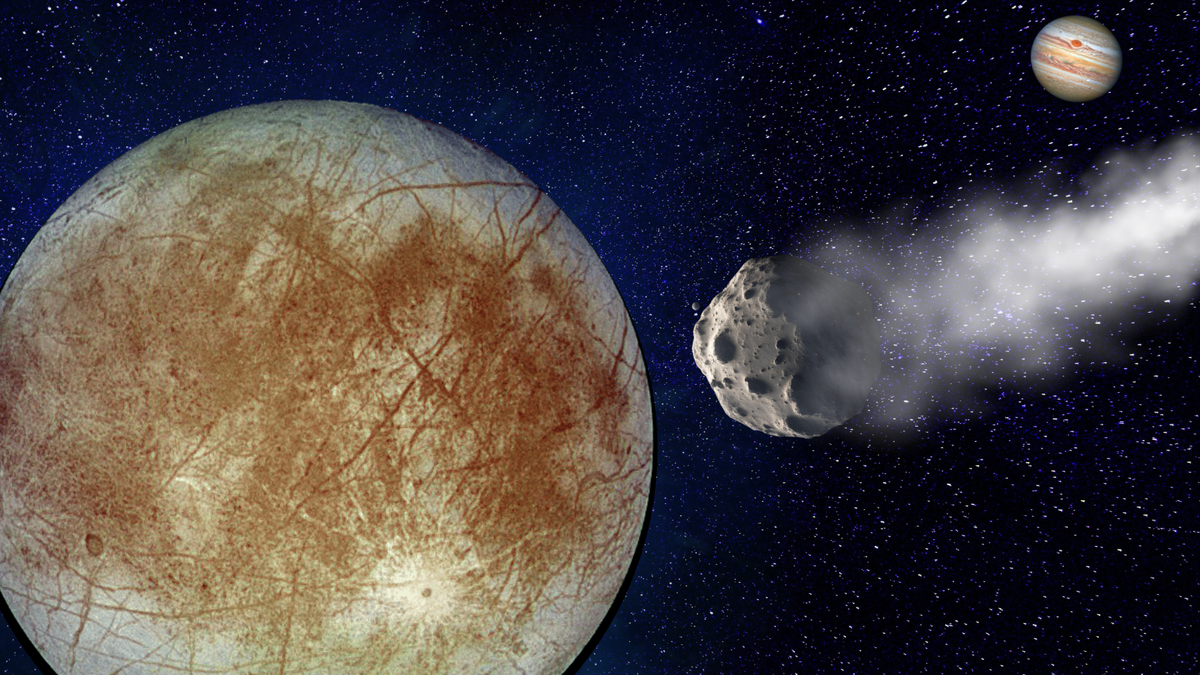Exploring the Potential for Life in the Ocean Beneath Europa’s Icy Exterior
Scientists are engaged in a fascinating pursuit to uncover the possibility of life existing within the liquid water oceans situated beneath the frigid exterior of Europa, one of Jupiter’s moons. Through in-depth research and analysis, experts have identified Europa as a promising location within our solar system to investigate the presence of basic life forms. The vast saltwater oceans believed to be concealed beneath Europa’s icy shell hold significant potential for the emergence of life, reminiscent of what we know on Earth.
Unveiling the Enigmatic Ice Shell
The critical factor influencing the likelihood of life on Europa is the thickness of its ice shell. This layer plays a pivotal role in determining the conditions necessary for life to thrive in such extreme environments. After meticulous examination of the craters formed on Europa from asteroid and comet impacts, planetary scientists have gleaned valuable insights into the composition of the moon’s ice shell. Estimates indicate that Europa’s ice shell is approximately 12 miles thick, floating above an expansive ocean that ranges from 40 to 100 miles in depth around the moon’s rocky core.
Implications for Potential Life on Europa
Life as we understand it requires specific components including liquid water, essential chemical elements, and a viable energy source. The circumstances on Europa suggest that life forms would rely on chemical reactions rather than photosynthesis due to the absence of sunlight at the surface, which is constantly bombarded by radiation from Jupiter. For potential life to thrive beneath Europa’s ice shell, the layer must be sufficiently thick to shield it from harmful radiation while allowing energy to pass through.
The team’s research, recently published in Science Advances, sheds light on the intricate dynamics between Europa’s ice shell and the underlying ocean. By studying impact craters and conducting numerical simulations, scientists can infer crucial details about the moon’s subsurface structure and the complexities of material exchange between its layers. These findings offer valuable insights into the geological processes at play on Europa and pave the way for further exploration into the potential existence of life forms in this distant realm.
Conclusion
Europa’s enigmatic icy exterior conceals a world of possibilities, with the potential for life existing in the depths of its vast oceans. The ongoing research and discoveries surrounding Europa’s ice shell and subsurface ocean provide a glimpse into the complexities of this intriguing moon and the mysteries that lie beneath its frozen surface.
Image/Photo credit: source url





